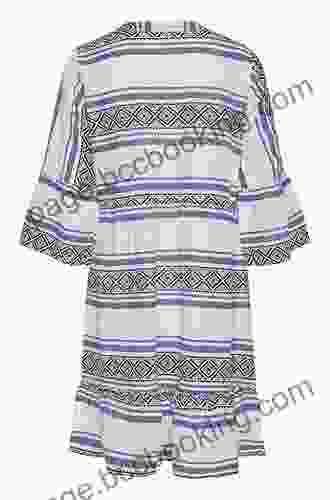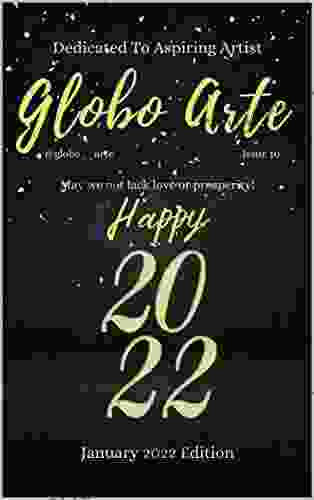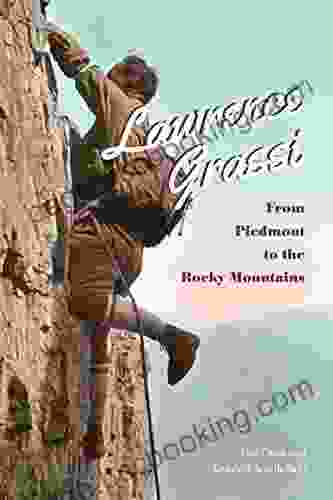Delft Blue to Denim Blue: Unraveling the Historical Ties Between Dutch Ceramics and American Jeans

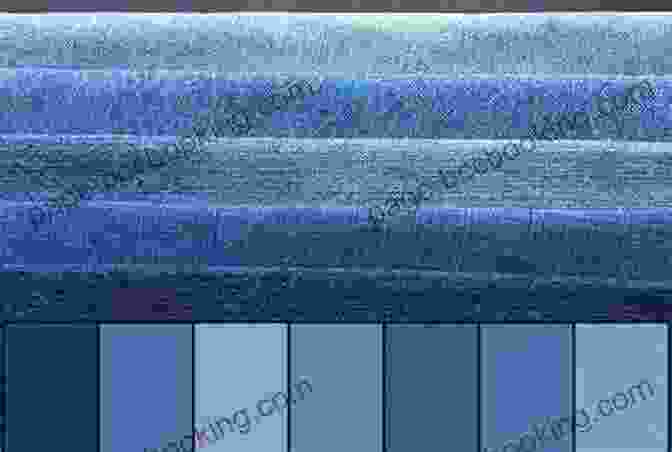
The world of fashion and the realm of art history might seem like separate spheres, but a closer look reveals surprising connections. One such intriguing link exists between Dutch Delft Blue ceramics and American denim jeans. The two may appear vastly different, but their histories and hues intertwine in a fascinating tale of cultural exchange and aesthetic inspiration.
Delft Blue: A Dutch Legacy
Delft Blue is a distinctive style of tin-glazed earthenware pottery that originated in the Dutch city of Delft in the 17th century. Known for its vibrant cobalt blue color and intricate white designs, Delft Blue ceramics quickly gained popularity throughout Europe and beyond. Its production flourished during the Dutch Golden Age, a period of economic and cultural prosperity that saw Delftware exported to various corners of the globe, including the American colonies.
5 out of 5
| Language | : | English |
| File size | : | 121766 KB |
| Text-to-Speech | : | Enabled |
| Screen Reader | : | Supported |
| Enhanced typesetting | : | Enabled |
| Word Wise | : | Enabled |
| Print length | : | 296 pages |
The Influence of Chinese Porcelain
The origins of Delft Blue can be traced back to the Dutch East India Company's extensive trade with China. During the 1600s, the Dutch were captivated by the exquisite blue-and-white porcelain produced in China, particularly the delicate Kraak ware. Inspired by the beauty and value of these Asian imports, Dutch potters sought to create their own version of porcelain, using local clays and techniques.
The Development of Delft Blue
The development of Delft Blue was a gradual process that involved experimentation and adaptation. Early attempts at producing porcelain-like ware proved unsuccessful, but Dutch potters eventually mastered the techniques of applying a white tin glaze to earthenware, which gave their ceramics a brilliant white surface upon which they could paint their distinctive blue designs.
Over time, Delftware evolved from imitating Chinese porcelain to developing its own unique style. Dutch potters drew inspiration from a wide range of sources, including Italian maiolica, German stoneware, and even Japanese export porcelain. The resulting Delft Blue ceramics became renowned for their distinctive cobalt blue color, elaborate patterns, and naturalistic motifs depicting landscapes, flowers, and biblical scenes.
Delft Blue in the American Colonies
Delft Blue ceramics were highly prized by the wealthy elite in the American colonies. They were not only functional items for everyday use, but also objects of beauty and status. Delftware was used for dining, storage, and decorative purposes, gracing the homes of prominent merchants, planters, and early American leaders.
Some of the earliest known pieces of Delftware in the American colonies date back to the 17th century. These ceramics were often imported directly from the Netherlands or Free Downloadd from English traders. As the colonies grew and prospered, demand for Delftware increased, leading to the establishment of local potteries in Philadelphia and New York. These potteries produced their own Delftware, using techniques and designs that were heavily influenced by their Dutch counterparts.
The Evolution of Denim Blue
While Delft Blue ceramics were gaining popularity in the American colonies, a new material was emerging in the rugged frontiers of the American West. Denim, a durable cotton twill fabric, was originally used for workwear by miners, farmers, and cowboys. The fabric's distinctive blue color, which gave rise to the term "blue jeans," is believed to have been inspired by the indigo dye used to color cotton in the East Indies.
It is likely that American denim manufacturers were also familiar with the blue-glazed ceramics produced in the Netherlands. The cobalt blue color of Delftware was highly prized for its durability and resistance to fading, making it a desirable quality for workwear. As denim became increasingly popular, manufacturers may have sought to emulate the rich blue hue of Delft ceramics by using indigo dye in their own fabrics.
Similarities and Differences
Despite their different origins and uses, Delft Blue ceramics and denim jeans share some striking similarities. Both are characterized by their distinctive blue color, which has become iconic in their respective fields. The cobalt blue of Delftware and the indigo blue of denim are both deep and vibrant, evoking a sense of durability and timeless appeal.
Another shared characteristic is the use of white accents. In Delft Blue ceramics, white tin glaze provides a contrasting background for the blue designs, while in denim jeans, white stitching and rivets add a decorative touch. This harmonious combination of blue and white creates a visually appealing and recognizable aesthetic in both cases.
However, there are also notable differences between Delft Blue ceramics and denim jeans. Delftware is a delicate and fragile material, while denim is a sturdy and durable fabric. Delftware is typically used for decorative purposes, while denim is primarily used for clothing. These differences reflect the distinct histories and functions of the two materials.
Cultural Exchange and Inspiration
The historical connections between Delft Blue ceramics and American denim jeans are a testament to the interconnectedness of global trade and cultural exchange. The Dutch East India Company's pursuit of exotic goods from China had a profound impact on the development of both Delft Blue ceramics and the indigo dye used in denim. These influences traveled across oceans and continents, shaping the aesthetics and industries of different cultures.
While the precise connections between Delft Blue ceramics and the invention of denim jeans may be speculative, it is clear that the two have shared a long and intertwined history. The vibrant blue hues and enduring popularity of both materials have left an indelible mark on the worlds of art and fashion.
The tale of Delft Blue to Denim Blue is a captivating journey that spans centuries and continents. It is a story that highlights the influence of cultural encounters, the evolution of materials, and the enduring appeal of blue. From the elegant ceramics of Delft to the rugged jeans of the American West, the connections between these seemingly disparate worlds reveal the rich tapestry of human history.
5 out of 5
| Language | : | English |
| File size | : | 121766 KB |
| Text-to-Speech | : | Enabled |
| Screen Reader | : | Supported |
| Enhanced typesetting | : | Enabled |
| Word Wise | : | Enabled |
| Print length | : | 296 pages |
Do you want to contribute by writing guest posts on this blog?
Please contact us and send us a resume of previous articles that you have written.
 Book
Book Novel
Novel Page
Page Chapter
Chapter Text
Text Story
Story Genre
Genre Reader
Reader Library
Library Paperback
Paperback E-book
E-book Magazine
Magazine Newspaper
Newspaper Paragraph
Paragraph Sentence
Sentence Bookmark
Bookmark Shelf
Shelf Glossary
Glossary Bibliography
Bibliography Foreword
Foreword Preface
Preface Synopsis
Synopsis Annotation
Annotation Footnote
Footnote Manuscript
Manuscript Scroll
Scroll Codex
Codex Tome
Tome Bestseller
Bestseller Classics
Classics Library card
Library card Narrative
Narrative Biography
Biography Autobiography
Autobiography Memoir
Memoir Reference
Reference Encyclopedia
Encyclopedia R F Egerton
R F Egerton Ruth Stotter
Ruth Stotter R Alan Douglas
R Alan Douglas Patricia Burroughs
Patricia Burroughs Nicole Kornher Stace
Nicole Kornher Stace Peggy Thomas
Peggy Thomas Robert Richard
Robert Richard Pauline Maclaran
Pauline Maclaran Pernille Rudlin
Pernille Rudlin Will Bingley
Will Bingley Pat Mills
Pat Mills Nyla Nuray
Nyla Nuray Vincent Norman
Vincent Norman Vine Aduara
Vine Aduara Scott Bukatman
Scott Bukatman Phillip F Nelson
Phillip F Nelson Tiecha Keiffer
Tiecha Keiffer Thomas J Dilorenzo
Thomas J Dilorenzo Paul Karasik
Paul Karasik Raf Leon Dahlquist
Raf Leon Dahlquist
Light bulbAdvertise smarter! Our strategic ad space ensures maximum exposure. Reserve your spot today!

 Warren BellAn Intellectual History of the 20th Century: A Journey Through the Ideas That...
Warren BellAn Intellectual History of the 20th Century: A Journey Through the Ideas That... Dakota PowellFollow ·3.7k
Dakota PowellFollow ·3.7k Hugh BellFollow ·4.5k
Hugh BellFollow ·4.5k Kelly BlairFollow ·17.8k
Kelly BlairFollow ·17.8k Jerry WardFollow ·7.3k
Jerry WardFollow ·7.3k Griffin MitchellFollow ·13.7k
Griffin MitchellFollow ·13.7k Alan TurnerFollow ·10.4k
Alan TurnerFollow ·10.4k Jayden CoxFollow ·9.4k
Jayden CoxFollow ·9.4k Art MitchellFollow ·10k
Art MitchellFollow ·10k

 Marvin Hayes
Marvin HayesGoverning Law for Law School and Bar Exam Prep: Your...
Unlock the Secrets of...
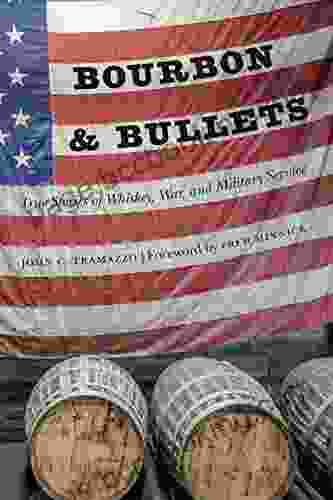
 Sidney Cox
Sidney CoxUnveiling the Epic Tales of Whiskey, War, and Military...
In the tapestry of history,...

 Victor Turner
Victor TurnerGoverning Law for Law School and Bar Exam Prep: The...
What is Governing...

 Robert Browning
Robert BrowningSterling Test Prep MCAT General Chemistry Practice...
: Embark on Your MCAT General Chemistry...
5 out of 5
| Language | : | English |
| File size | : | 121766 KB |
| Text-to-Speech | : | Enabled |
| Screen Reader | : | Supported |
| Enhanced typesetting | : | Enabled |
| Word Wise | : | Enabled |
| Print length | : | 296 pages |


